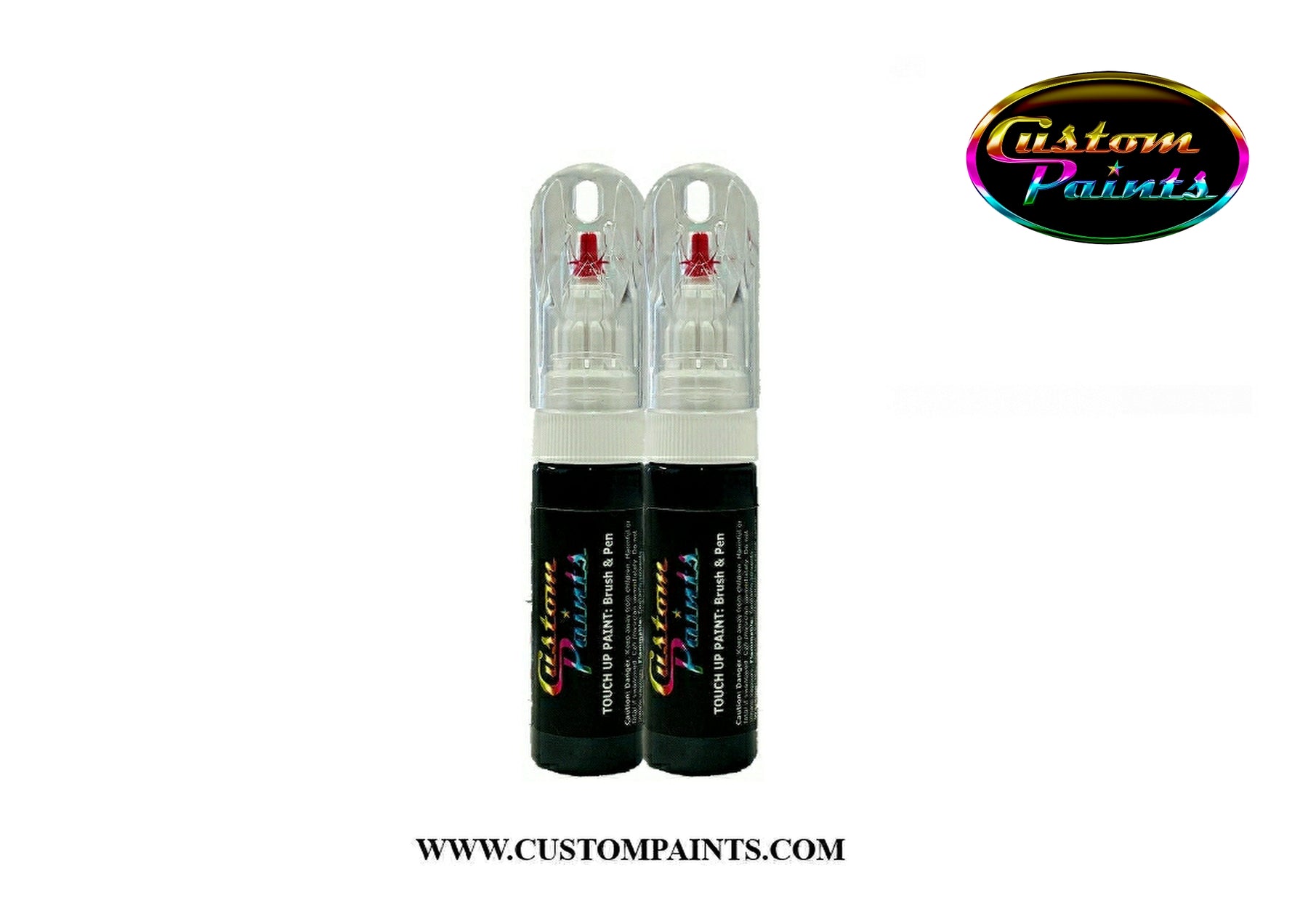
If you find cracks in your car’s engine block itself, unfortunately, you will probably need a new engine block as it is often very difficult to weld it. However, you should always check the other things before and really make sure that the cylinder head is causing it. Although this occurrence is comparatively uncommon, it can let the oil in the coolant reservoir as you drive. It is often easier and cheaper to replace the cylinder head with another used one. It often requires welding, which can be difficult in some places. The cylinder head can also be warped after an overheated engine, which will cause the head gasket to leak.įix cracks in the cylinder head is often very difficult and, in a few cases, even impossible. Overheating damage the cylinders over time, cracking them at certain places, allowing air and oil to leak out. This often causes the coolant to pour into the oil pan instead of oil in the coolant system. It’s also a very common problem, so I recommend checking the oil heat exchanger if you have one fitted to your vehicle. This part is often much easier to replace and cheaper than a head gasket.
Automotive paintcode c7 4255 crack#
Sometimes a gasket or a crack could occur inside the oil heat exchanger and it will cause the oil and coolant to mix up. On a lot of modern cars, there is an oil cooler installed on your car, which is cooled by the coolant. This is why some oil may be getting into the coolant reservoir.īecause of the expense of replacing the head gasket, I do recommend checking out the other parts first and make a proper diagnosis before replacement. If an engine overheats and stays heated up for prolonged periods without cooling, the head gasket blows up, causing the oil to leak into the coolant system. The gasket ensures that the combustion’s air pressure doesn’t light-up, and the oil that’s in the engine doesn’t leak out. Its sole purpose is to provide an airtight seal as the head is fitted onto the block, meaning they are two different parts. There’s a rubber seal snuck right between the head and the engine block in your engine called the head gasket. Why I say, unfortunately is because it is often a quite big job to replace it and often very costly. Unfortunately, the most common problem causing oil in your coolant reservoir is a bad or leaking head gasket. Why is the mixing of these liquids harmful for the engine? 6 Causes of Engine Oil In The Coolant Reservoir 1. If you need to take a closer look, here is a more detailed list of why you may have oil in the coolant reservoir: So if you haven’t changed the coolant in a few years, it can just be a sign that you need to change the coolant.

With the age of a car, it can also slip through a little bit of oil into the coolant through the years. In rare cases, it happens because of cracks in the engine.īefore replacing any parts, you should be sure that no one filled motor oil in the coolant reservoir by mistake. It can also be caused by a faulty transmission cooler.


Automotive paintcode c7 4255 cracked#
The most common reasons why you have oil in the coolant reservoir is because of a blown head gasket or a cracked oil/coolant heat exchanger. So let’s take a quick look at what could cause the oil in the coolant reservoir: In this article, we will go through everything you have to know about mixed oil and coolant together – the common causes of it and how you can diagnose and prevent it. You have probably heard before that oil together with coolant is a very bad sign, but is it actually true? You were about to fill coolant in your car when you realized that there is a lot of oil in the coolant reservoir?


 0 kommentar(er)
0 kommentar(er)
